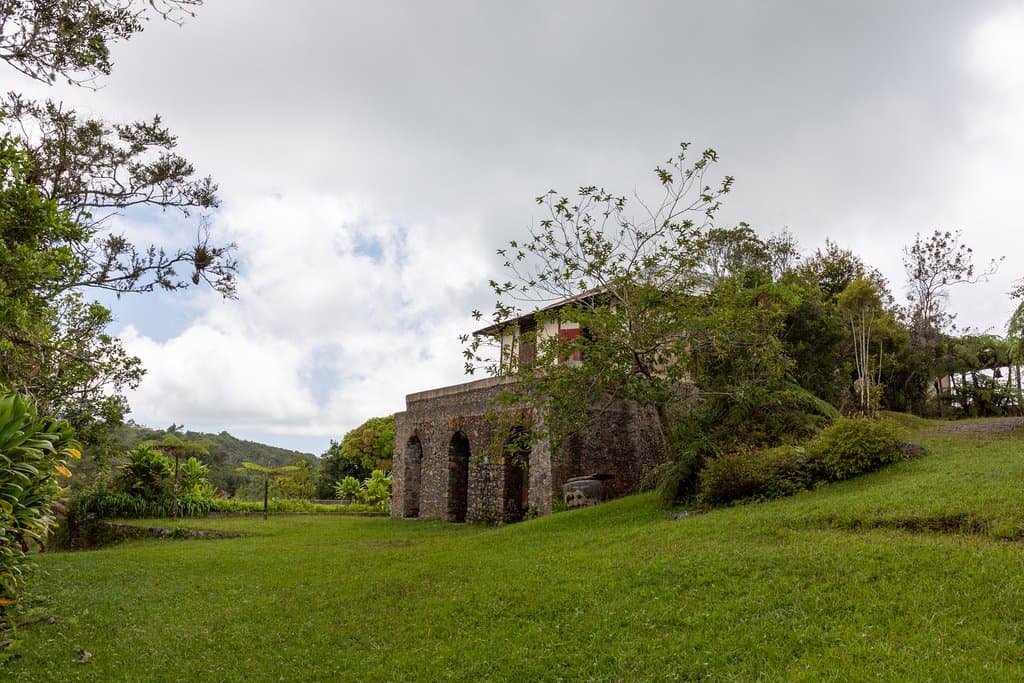
Cafetal La Isabelica Museum
A UNESCO World Heritage coffee plantation museum, offering a deep dive into Cuba's history, slavery, and coffee cultivation.
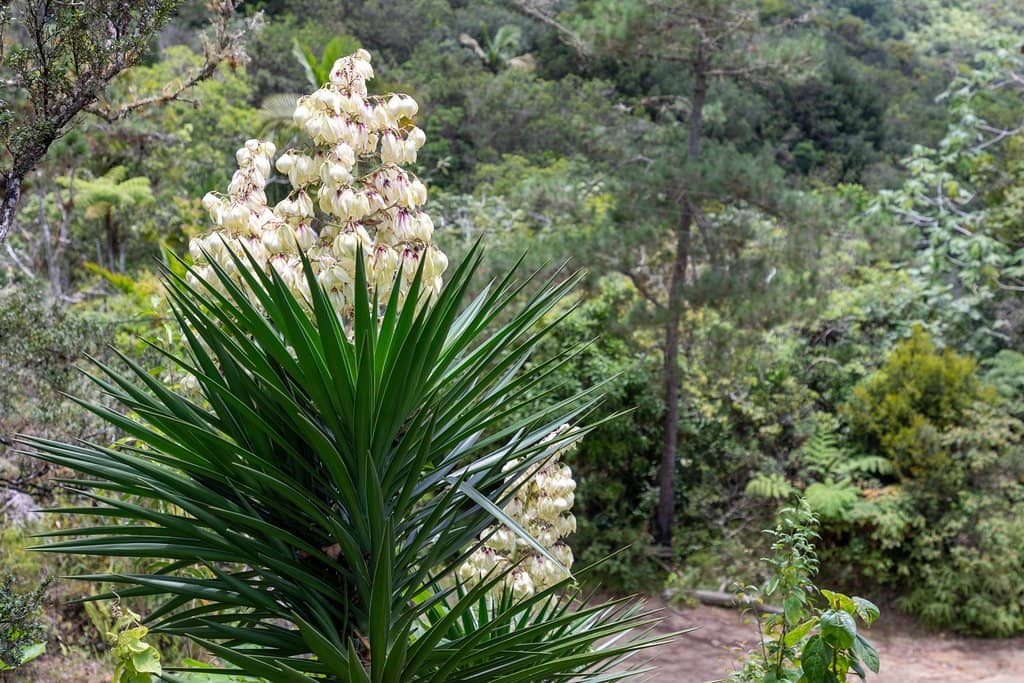
Highlights
Must-see attractions
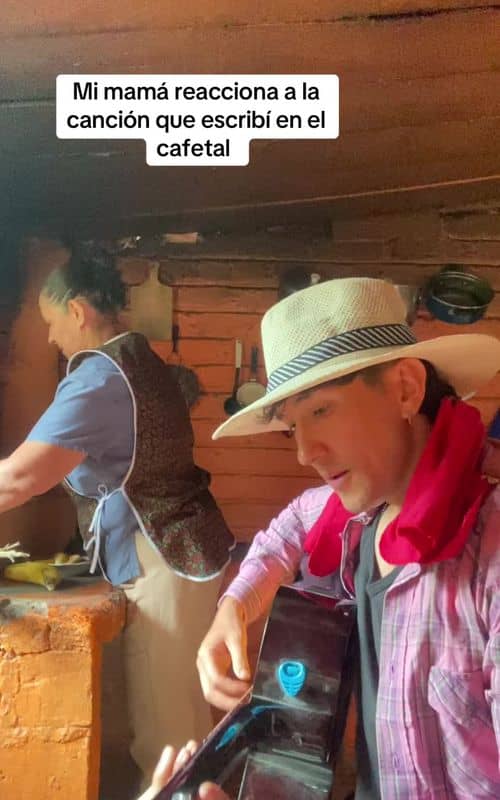
Social
From TikTok & Reddit
Best Time
Pleasant weather, fewer crowds

Cafetal La Isabelica Museum
Best Time
Pleasant weather, fewer crowds

Highlights
Must-see attractions
A UNESCO World Heritage coffee plantation museum, offering a deep dive into Cuba's history, slavery, and coffee cultivation.
"A latent example of Cuban history and its rich culture, with much of the world."
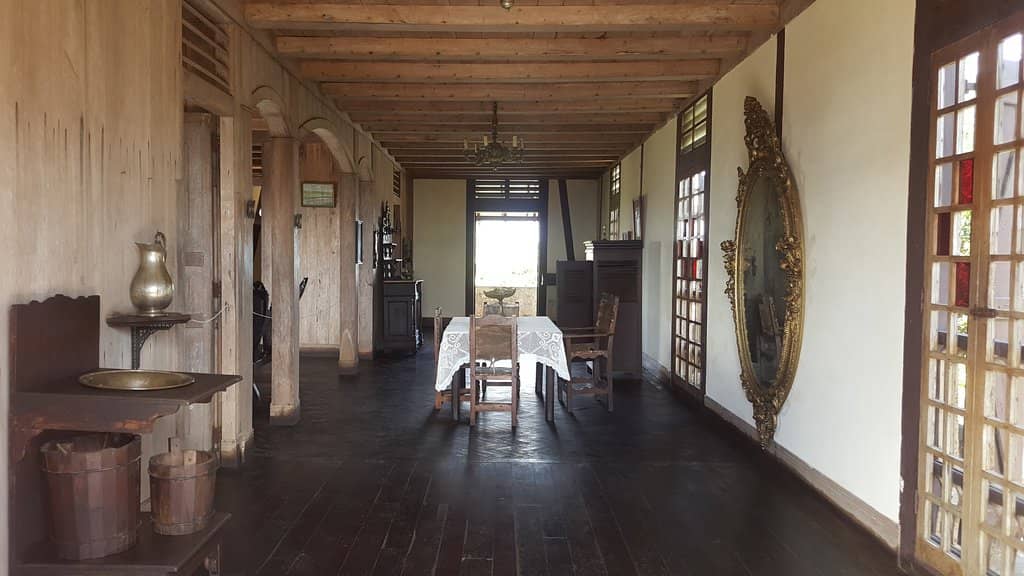
🚗 Drive Yourself if Possible
Recent visitors report roads are fixed, so a normal car should be fine. Save money by skipping the guided jeep tour!
☕ Buy Fresh Coffee Beans
A popular souvenir! Grab some top-notch Cuban coffee beans as a delicious reminder of your visit.
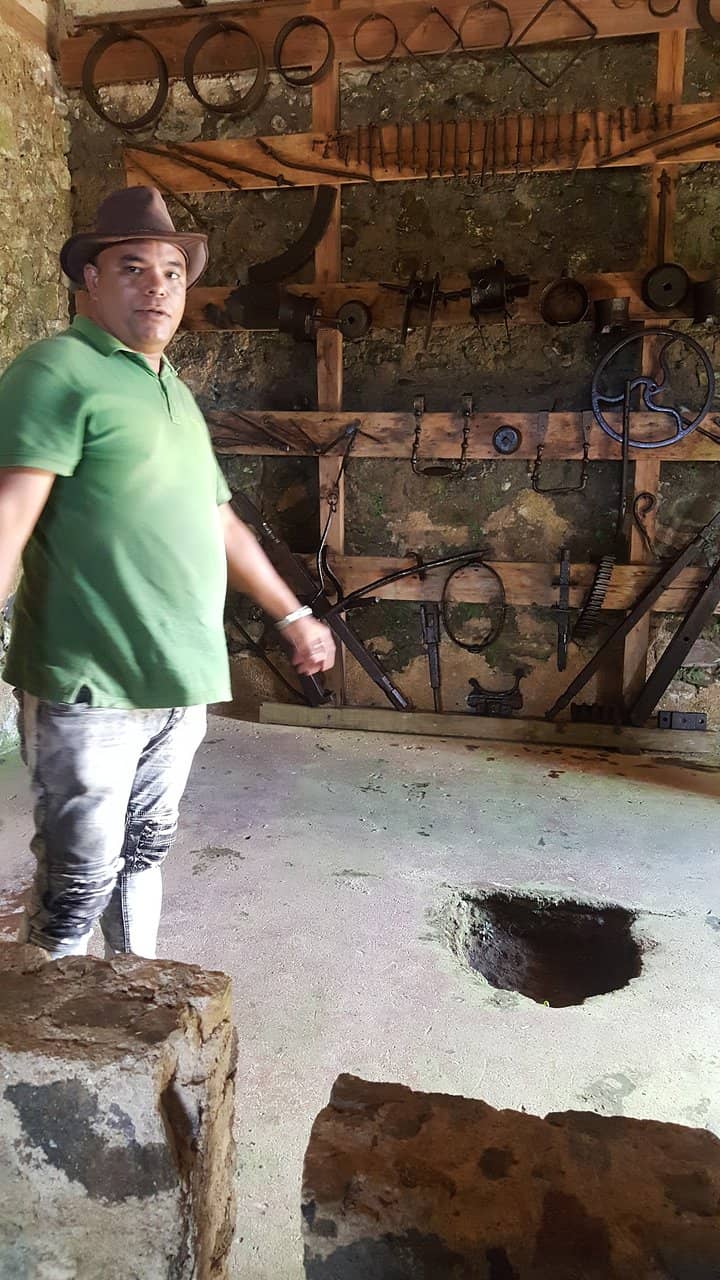
Highlights
Discover the most iconic attractions and experiences
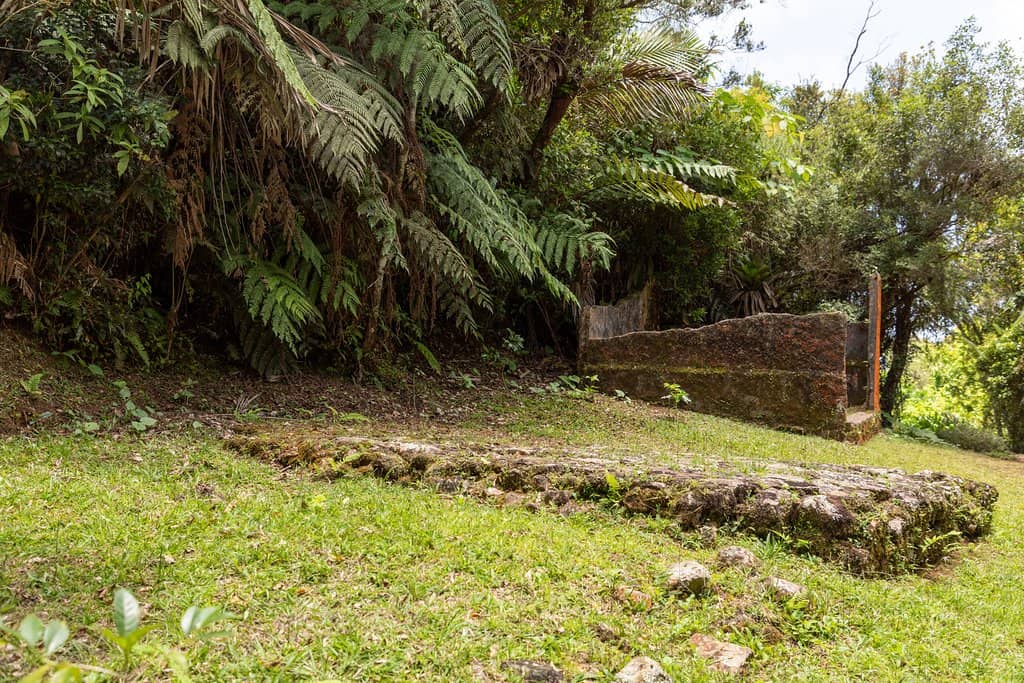
The Plantation Owner's Mansion
Main House
Explore opulent French furniture, tableware, chandeliers, and even Baccarat glass, showcasing the wealth of the era.
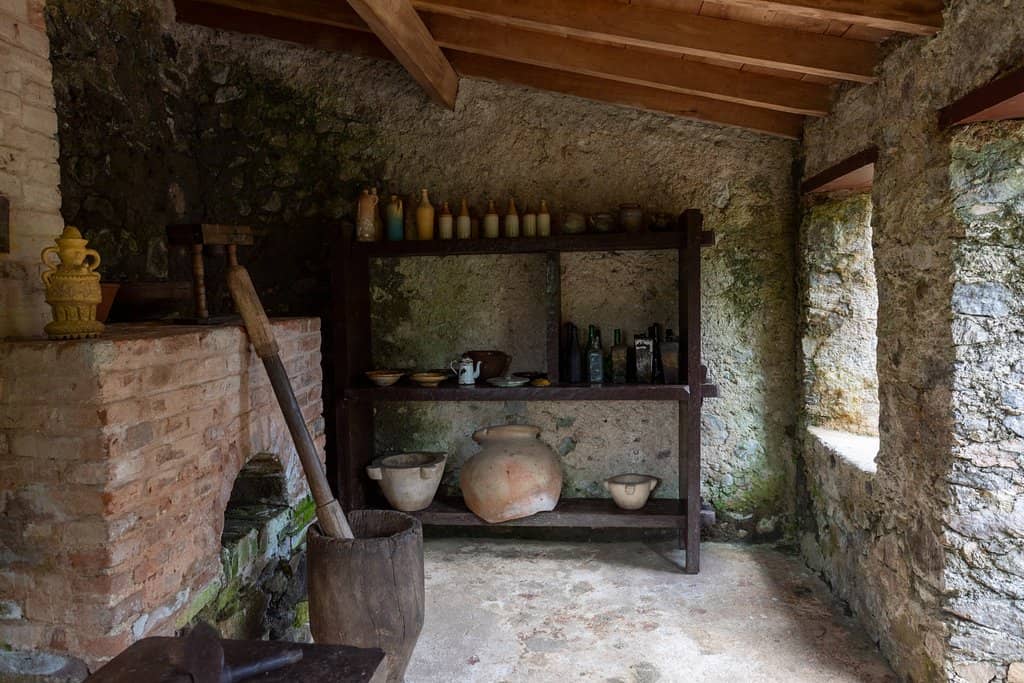
Slave Restraints and Tools
Exhibition Area
Witness the stark reality of slavery with preserved instruments of punishment and work tools.
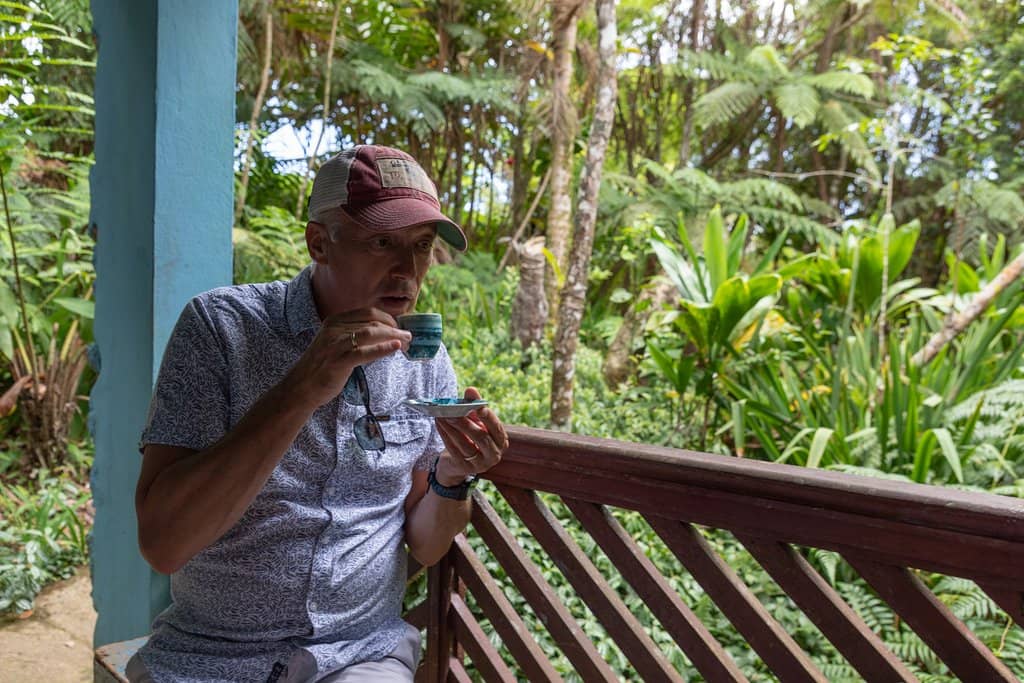
Coffee Cultivation Machinery
Outdoor Exhibits
See historical machinery used for coffee drying and pulping, vital to the plantation's past prosperity.
Plans like a pro.
Thinks like you
Planning Your Visit
Navigating to La Isabelica
A Glimpse into History
Best Times
Insider Tips
from TikTok, Instagram & Reddit
🚗 Drive Yourself if Possible
Recent visitors report roads are fixed, so a normal car should be fine. Save money by skipping the guided jeep tour!
☕ Buy Fresh Coffee Beans
A popular souvenir! Grab some top-notch Cuban coffee beans as a delicious reminder of your visit.
🚶♀️ Allow ample time
This historical site offers a rich experience; don't rush through its many layers of history.
🗣️ Engage with Guides
The staff are noted for being nice and helpful, offering great insights into the plantation's past.
Tips
from all over the internet
🚗 Drive Yourself if Possible
Recent visitors report roads are fixed, so a normal car should be fine. Save money by skipping the guided jeep tour!
☕ Buy Fresh Coffee Beans
A popular souvenir! Grab some top-notch Cuban coffee beans as a delicious reminder of your visit.
🚶♀️ Allow ample time
This historical site offers a rich experience; don't rush through its many layers of history.
🗣️ Engage with Guides
The staff are noted for being nice and helpful, offering great insights into the plantation's past.
What Travellers Say
Reviews Summary
Visitors praise the helpful staff and the rich historical insights into Cuba's coffee cultivation and past. While the location is considered a bit of a letdown for a dedicated trip, it's a valuable stop if you're nearby, offering a moving glimpse into history and the chance to purchase excellent coffee.
"The people working there were very nice and helpful. But the location is a bit of a let down. If you're near this location maybe a stop can be made. But don't make a special effort to go there by booking a tour. They say that the road (last part) isn't suitable for a normal car. But the roads are fixes so you can go by own car. Don't be talked into the "you need a guide and a jeepdriver". Entrance is 600cup per person"
Senna Sp
"One of the finest coffee plantations in Cuba"
Michael Skir
"Last weekend was my first visit to this place. Without a doubt, a latent example of Cuban history and its rich culture, which without ceasing to be Cuban has much of the world.
This museum was the former La Isabelica coffee plantation, owned by the French landowner Víctor Constantin. Its name is due to Victor's daughter. It is in good condition, although the wood is not the original, its stone walls are. The museum is housed in the property where the family that owned the coffee plantation lived. A spacious stone and wood house that currently has furniture, vessels and French decoration typical of the period.
It is a latent example of Franco-Haitian emigration, slavery and coffee cultivation in the region. It preserves work instruments, machinery, coffee dryers and pulpers. As well as instruments of punishment that were used with slaves, it is worth noting that within slavery, less repression was used on coffee farms due to the previous experience of the landowners in the Haitian revolution.
It is a place worth visiting, it is a trip to history and a proposal to breathe nature and culture. It has an excellent guide service."
Lorena Matos Rey
What People Like
What People Dislike
Frequently Asked Questions
🚇 🗺️ Getting There
While some older advice suggests needing a jeep, recent visitors indicate that the roads, including the final stretch, are now suitable for normal cars. If you're near Santiago de Cuba, it's about a two-hour bus ride.
Yes, the road conditions have improved, making it accessible for standard vehicles. You likely won't need a special tour vehicle.
Taxis are an option, but be sure to confirm the road accessibility with your driver beforehand to avoid any surprises.
A group tour by bus from Santiago de Cuba is a common and convenient option, taking approximately two hours.
Older information mentioned unsuitability for normal cars, but this seems to be outdated. Drive cautiously and enjoy the journey.
🎫 🎫 Tickets & Entry
The current entrance fee is 600 CUP per person. It's advisable to have cash on hand for your visit.
Advance booking is generally not required for individual visitors. You can typically purchase tickets upon arrival.
Yes, excellent guide services are available. The staff are known for being helpful and providing detailed historical context.
Opening hours can vary, but it's generally open during daylight hours. It's best to check locally or with your tour operator for the most up-to-date information.
While not explicitly stated, it's common for guided tours to be included or have a small additional fee. Inquire upon arrival for clarity.
🎫 ☕ Coffee Experience
Absolutely! You can purchase freshly brewed coffee and coffee beans as souvenirs. The beans are highly recommended.
A 500-gram bag of coffee beans was priced at $30 USD during a recent visit. Prices may vary.
While the museum focuses on history, modern coffee farms in the region, like Hacienda Cafetalera Froilan Pérez & Contreras, grow varieties such as Catuai amarillo, Caturra rojo, Bourbon Rosado, and more.
La Isabelica was one of the most prosperous coffee plantations of the 19th century, playing a significant role in Cuba's economy and showcasing Franco-Haitian emigration.
While not always guaranteed, it's possible to enjoy freshly brewed coffee. Inquire about tasting opportunities during your visit.
🎫 🏛️ History & Culture
It's a UNESCO World Heritage Site, representing the history of coffee plantations, Franco-Haitian emigration, and the era of slavery in Cuba.
The museum features furniture, vessels, and French decorations from the period, along with work instruments, machinery, and even instruments of punishment used on slaves.
Victor Constantin was the French landowner who owned the former La Isabelica coffee plantation. The museum is named after his daughter.
Due to the landowners' prior experience with the Haitian Revolution, less repression was reportedly used on coffee farms compared to other plantations.
The museum is in good condition. While the wood is not original, the stone walls are preserved, and the house contains period-appropriate furnishings.
📸 📸 Photography
Photography is generally permitted in most areas, especially outdoors. However, check for any specific restrictions inside the mansion or exhibition rooms.
The mansion's interior with its opulent furnishings, the surrounding lush vegetation, and the historical coffee machinery offer great photo opportunities.
There are no specific mentions of drone usage, but it's always best to assume restrictions apply in historical and cultural sites. Check locally if you plan to use one.
You can capture historical architecture, vintage decor, agricultural machinery, and scenic plantation landscapes.
The rustic charm and historical ambiance make it a unique backdrop for portraits, especially if you're interested in a vintage or agricultural theme.
For Different Travelers
Tailored advice for your travel style
👨👩👧 Families with Kids
It's advisable to prepare children for the historical context, particularly the sections on slavery, by explaining it in an age-appropriate manner. The outdoor areas and the natural surroundings provide space to explore. Consider visiting during less crowded times to allow children to absorb the information at their own pace.
💰 Budget Travelers
The entrance fee is a reasonable 600 CUP per person. Consider this a worthwhile investment for a deep dive into Cuban history. Bringing your own snacks and water can also help manage costs, though purchasing coffee beans is a popular and recommended souvenir.
🏛️ History Buffs
The museum's collection of period furniture, French decorations, work instruments, and machinery offers tangible connections to the past. The detailed explanations from guides further enrich the understanding of this pivotal era in Cuba's economic and social development.
Deep Dives
In-depth insights and expert knowledge
A Journey Through Coffee History
The museum meticulously preserves the work instruments, machinery, coffee dryers, and pulpers that were essential to the plantation's operations. It also confronts visitors with the darker aspects of history, displaying instruments of punishment used on enslaved people. However, it's noted that coffee farms, due to the landowners' experiences with the Haitian Revolution, sometimes employed less severe methods of repression.
Experiencing La Isabelica is a sensory journey. The intoxicating fragrance of coffee fields fills the air, offering a unique opportunity to learn about the cultivation and harvesting processes of bygone eras. Expert guides bring this history to life, detailing the profound impact coffee had on the region and its people.
The Opulence and Hardship of La Isabelica
However, the museum doesn't shy away from the harsh realities of the time. The exhibition includes displays of restraints and equipment used by slaves, a chilling reminder of the human cost behind the plantation's success. Imagining individuals working in dim light under such conditions is a powerful and somber experience, highlighting the stark disparity between the owners' comfort and the laborers' suffering.
This duality makes Cafetal La Isabelica a compelling visit. It’s a place where you can appreciate the historical architecture and decorative arts while also confronting the difficult truths of Cuba's past. The blend of beauty and brutality creates a deeply impactful historical narrative.
Practicalities for Your Visit
Engaging with the staff is highly recommended. Visitors consistently praise the people working there for being very nice and helpful, offering valuable insights and a welcoming atmosphere. While a special effort might not be necessary if you're not nearby, it's certainly a worthwhile stop if your itinerary allows, offering a unique blend of history, culture, and the aroma of coffee.
As a souvenir, consider purchasing some of the freshly brewed coffee beans. They are often highlighted as a top-notch Cuban product and a perfect memento of your visit.
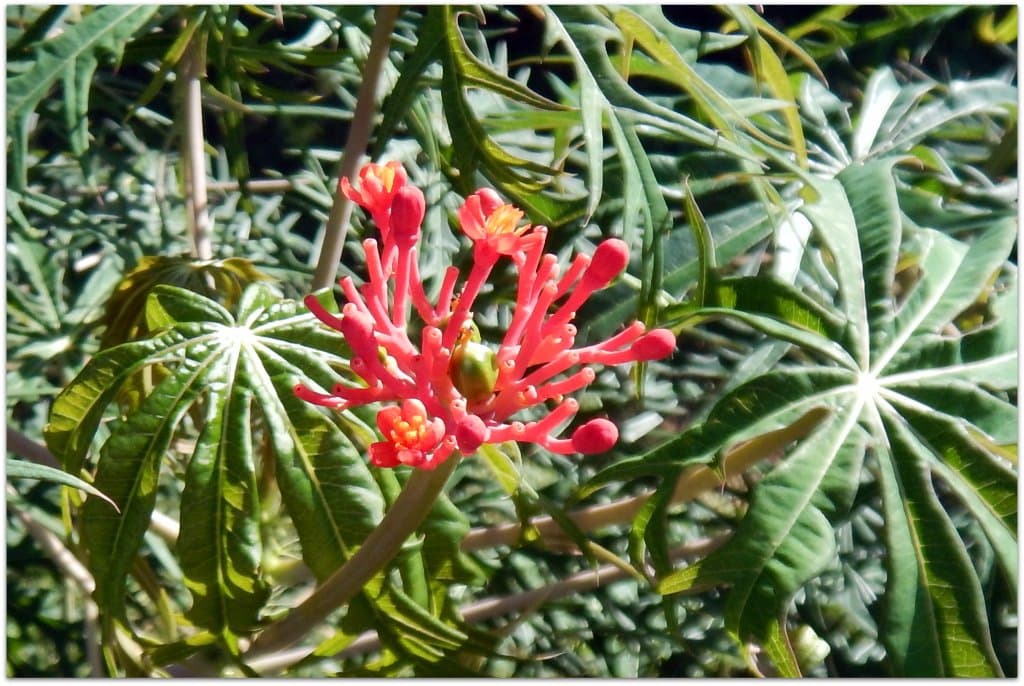
Social
from TikTok, Instagram & Reddit